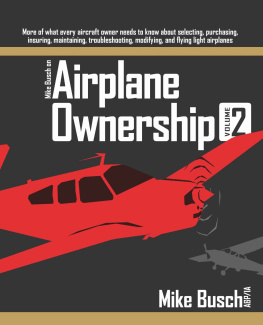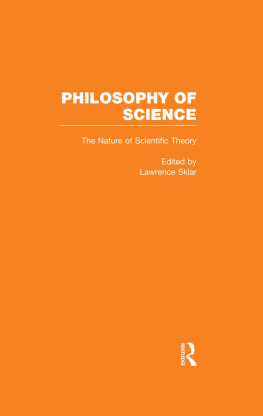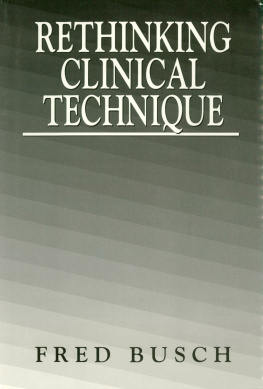The Agricultural Scientific Enterprise
About the Book and Editors
The State Agricultural Experiment Stations have played a fundamental role in the development of science and agriculture in the United States. From their inception in 1887, the experiment stations have attempted to wed basic research with practical application and have helped institutionalize a utilitarian approach to agricultural science. Agricultural research and the new technology it helped to generate were major factors in the transformation of U.S. agriculture into a high technology, mechanized, science-based industry. Moreover, the experiment stations, as the first large-scale, publicly supported scientific research institutions in the United States, have also long been models for scientific institutions both here and abroad.
Compiled for the 1987 centennial of the State Agricultural Experiment Stations, this volume critically examines past performance, current issues, and future directions for public agricultural research in the United States. Each of the authors, drawn from disciplines as diverse as philosophy and agronomy, focuses on a central concern for the scientific enterprise. Issues include priority setting, maintaining and promoting disciplinary and interdisciplinary effectiveness, supporting higher education for agriculture, and efficacious dissemination of research findings. By setting these issues in their historical and philosophical context, the volume suggests new approaches for meeting the continuing challenge to achieve equity, efficiency, sustainability, flexibility, conservation, and consistency with other objectives of U.S. society.
Lawrence Busch and William B. Lacy are professors of sociology at the University of Kentucky. They are the authors of Science, Agriculture, and the Politics of Research (Westview, 1983) and the editors of Food Security in the United States (Westview, 1984).
Published in cooperation with The Experiment Station Committee on Organization and Policy and The Cooperative State Research Service, USDA, in commemoration of the 100th anniversary of the Hatch Act, 1887-1987, establishing State Agricultural Experiment Stations
The Agricultural Scientific Enterprise
A System in Transition
edited by Lawrence Busch
and William B. Lacy
First published 1986 by Westview Press, Inc.
Published 2019 by Routledge
52 Vanderbilt Avenue, New York, NY 10017
2 Park Square, Milton Park, Abingdon, Oxon OX14 4RN
Routledge is an imprint of the Taylor & Francis Group, an informa business
Copyright 1986 Taylor & Francis
All rights reserved. No part of this book may be reprinted or reproduced or utilised in any form or by any electronic, mechanical, or other means, now known or hereafter invented, including photocopying and recording, or in any information storage or retrieval system, without permission in writing from the publishers.
Notice:
Product or corporate names may be trademarks or registered trademarks, and are used only for identification and explanation without intent to infringe.
Library of Congress Cataloging-in-Publication Data
The Agricultural scientific enterprise.
(Westview special studies in agriculture science and policy)
Bibliography: p.
Includes index.
1. AgricultureResearchUnited States. 2. Agricultural experimental stationsUnited States. I. Busch, Lawrence. II. Lacy, William B., 1942- . III. Series.
S541.A485 1986 630'.72073 86-15801
ISBN 13: 978-0-367-29002-3 (hbk)
Contents
, Orville G. Bentley and John Patrick Jordan
, Lawrence Busch and William B. Lacy
Part One
Historical and Philosophical Context
, Alan I Marcus
, David B. Schweikhardt and James T. Bonnen
, Jeffrey Burkhardt
, Stan Dundon
, Alan Randall
Part Two
Research Priority Setting
, Jean Lipman-Blumen
, Robert L. Christensen and Roland R. Robinson
, James J. Zuiches
, Don Holt
Part Three
Disciplinary and Interdisciplinary Research
, Robert E. Evenson
, Louis Swanson
, Gary A. McIntyre
Part Four
Commodity Studies
, Cornelia Butler Flora and Jan L. Flora
, Deborah Fitzgerald
, Jan L. Flora
Part Five
The Experiment Stations and Science Education
, Wallace E. Huffman
, Burton E. Swanson
Part Six
Dissemination and Impact of Experiment Station Science
, Hemchandra Gajbhiye and Don F. Hadwiger
, Fred C. White
Part Seven
Future Directions
, J. Patrick Madden
, Irwin Feller
, Frederick H. Buttel Martin Kenney, Jack Kloppenburg, Jr., J. Tadlock Cowan, and Douglas Smith
Part Eight
Conclusion
, Sylvan H. Wittwer
From the beginning of American agricultural development, science and technology have been major forces in improving production efficiency. Until the 1940s, the principal changes were in shifts in power sourcesfrom human to horse to mechanical.
The post-World War II period brought the first full phase of scientific agriculture. The key factors were the development of hybrid crop strains, widespread use of pesticides and herbicides, improved nutritional and medical practices in animal husbandry, and the increased use of energy and fertilizers. As a result of these new methods, each farmer now feeds and clothes seventy-nine people here and abroadup from only seventeen at the turn of the century.
Today, the United States is the recognized world leader in agricultural production. The agricultural system, including related input and marketing components, generates about 20 percent of the nation's gross national product and employs 23 percent of the U.S. labor force. Because of the diversity and efficiency of this system, American consumers spend only about 16 percent of their disposable income for food, only 12 percent on groceries, and 4 percent on eating outside of the home.
American agricultural products are highly competitive in world markets. Their sales represent 18 percent of our total exports and contribute substantially to the balance of payments. As an industry, American agriculture has had a high rate of growth in productivitya rate more than three times as high as that of the nonfarm business sector of the economy since World War II.
In the 1970s, U.S. form prosperity seemed assured. But today, not everything is as healthy in the form sector as expected, nor is the oudook as bright as it once was for expanding markets. In February 1985, both Time and Newsweek magazines carried cover stories featuring the changing fortune of farmers. The plight of formers is front page news across the country, and Secretary Block is a prime participant in national radio and television broadcasts.
A significant increase in the value of the dollar in comparison to other world currencies, as well as expanded world production, tends to place some U.S. farm exports at a competitive disadvantage. These market changes and their subsequent impact on commodity prices have been major factors in lowering farm land values in the United States. The credit crisis now facing the nation's farm belt can be traced in large part to these developments and to high interest rates relative to inflation.












